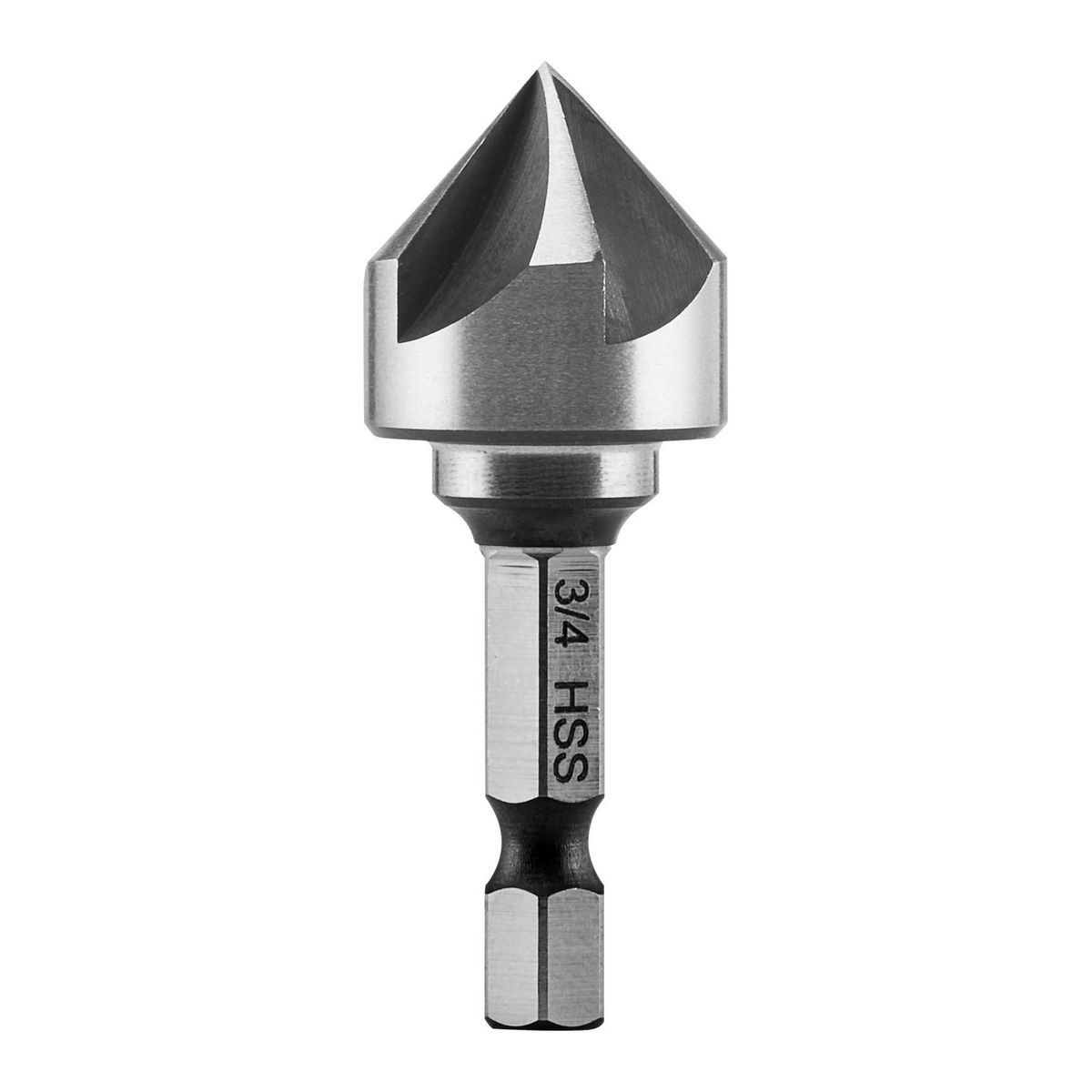In the world of electronics manufacturing, precision is paramount. Printed Circuit Boards (PCBs) are the backbone of modern electronic devices, and creating these intricate boards requires specialized tools. One such indispensable tool is the PCB Drill Bit. This blog post will delve into what makes PCB drill bits unique, their types, how to choose the right one, and some practical tips for using them effectively.
What is a PCB Drill Bit?
A PCB drill bit is specifically designed for drilling precise holes in printed circuit boards. These holes are used for mounting components such as resistors, capacitors, integrated circuits, and connectors. The accuracy and consistency of these holes are crucial for ensuring the functionality and reliability of the final product. PCB drill bits are typically made from high-speed steel (HSS), carbide, or diamond-coated materials to withstand the rigors of drilling through fiberglass-reinforced epoxy laminate, which is commonly used in PCBs.
Types of PCB Drill Bits
Different applications require different types of PCB drill bits:
- High-Speed Steel (HSS) Drill Bits: These are affordable and suitable for general-purpose drilling. However, they wear out more quickly when used on harder materials.
- Carbide-Tipped Drill Bits: Carbide-tipped bits offer superior durability and are ideal for drilling through tougher materials like fiberglass. They maintain sharpness longer but can be brittle if not handled carefully.
- Solid Carbide Drill Bits: Made entirely from carbide, these bits provide exceptional hardness and heat resistance, making them perfect for high-precision work. They are also more expensive than HSS bits.
- Diamond-Coated Drill Bits: For extremely hard materials, diamond-coated bits offer unparalleled durability and precision. They are often used in specialized applications where extreme accuracy is required.
How to Choose the Right PCB Drill Bit
Selecting the appropriate PCB drill bit involves considering several factors:
- Material Type: Ensure the bit is compatible with the material you’re working with. Fiberglass-reinforced epoxy laminate is the most common material for PCBs, but other substrates may require different types of bits.
- Hole Diameter: Common hole diameters range from 0.2mm to 1.5mm. Select a bit that matches the required hole size for your components.
- Aspect Ratio: Consider the depth-to-diameter ratio (aspect ratio) of the holes you need to drill. Higher aspect ratios require more precise and durable bits.
- Speed and Feed Rate: Adjust the speed and feed rate of your drill based on the material and bit type to achieve optimal results.
Tips for Using PCB Drill Bits
To maximize the effectiveness and longevity of your PCB drill bits, follow these tips:
- Use Proper Speed Settings: Higher speeds (typically 150,000 to 300,000 RPM) are generally recommended for smaller diameter bits. Slower speeds can cause overheating and premature wear.
- Maintain Consistent Pressure: Apply steady pressure to avoid breaking the bit. Too much force can cause the bit to snap, while too little can lead to poor hole quality.
- Regular Maintenance: Clean and inspect your bits regularly to ensure they remain sharp and free from debris. Dull bits can result in poor hole quality and increased wear on your equipment.
- Coolant Use: In high-speed drilling operations, using a coolant can help dissipate heat and prolong the life of your bits.
Conclusion
The PCB drill bit is a critical component in the electronics manufacturing process, enabling the creation of precise and reliable printed circuit boards. By understanding the different types of bits available, selecting the right one for your needs, and following best practices, you can ensure high-quality results and extend the lifespan of your tools. Whether you’re an experienced engineer or a hobbyist, mastering the use of PCB drill bits will significantly enhance your projects’ success.

